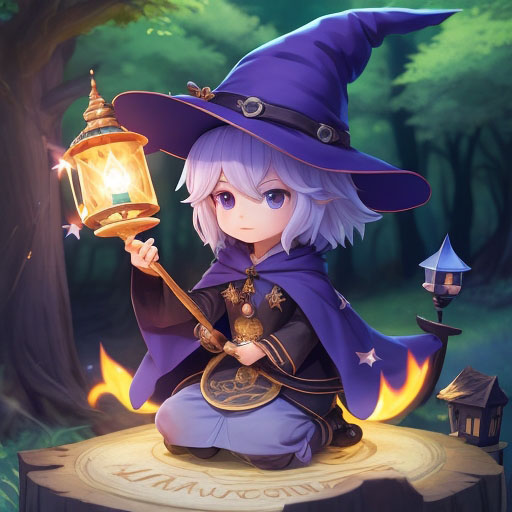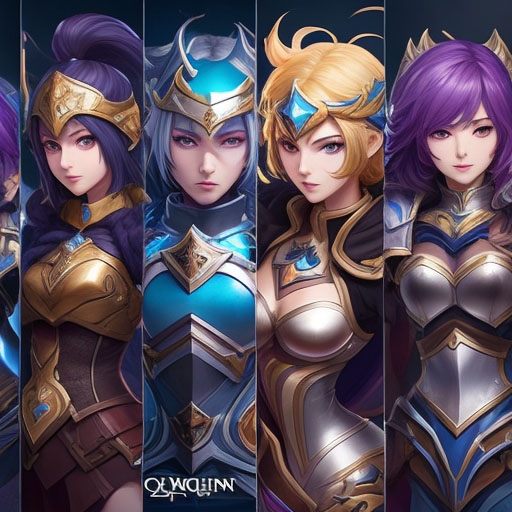AI is increasingly being used in the Game Art with Ai development industry to enhance various aspects of game art creation. Here are some ways in which AI can be applied to game art:



- Procedural Content Generation: AI can be used to generate game assets, such as textures, 3D models, and level layouts, through procedural content generation. This is especially useful for creating vast, diverse game worlds without the need for manual, time-consuming design.
- Texture Generation: AI can generate high-quality textures for game objects and environments. AI algorithms, including neural networks, can be used to create realistic and detailed textures that can be applied to 3D models.
- Character and Creature Design: AI can assist in character and creature design by generating concept art, character models, and animations. It can help in creating unique and diverse characters and monsters.
- Animation: AI-powered tools can help automate animation processes, including motion capture and character rigging. AI can also be used for procedural animation, making character movements more realistic and dynamic.
- Voice Acting and Dialogue Generation: AI-driven text-to-speech and speech recognition technologies can be used to create in-game character voices and generate dialogue. This can be especially helpful for indie game developers with limited resources for hiring voice actors.
- In-Game Art Optimization: AI algorithms can be used to optimize game art assets for performance. This includes reducing polygon counts, creating level-of-detail (LOD) models, and compressing textures while maintaining visual quality.
- Art Style Transfer: AI can be used to apply different art styles to game art. This can give a game a unique and distinct visual identity or allow for rapid iteration on different art styles during development.
- NPC and Enemy Behavior: Machine learning and AI can be used to create intelligent non-player characters (NPCs) and enemies. These AI-driven entities can adapt to player actions and provide dynamic and challenging gameplay experiences.
- Scene Composition: AI can assist in scene composition by suggesting camera angles, lighting setups, and overall visual aesthetics. It can also help create dynamic and cinematic scenes within games.
- Bug Detection and Quality Assurance: AI tools can assist in quality assurance by automatically detecting visual and graphical bugs, such as texture misalignment or rendering issues.
- Game Testing: AI bots can be used to perform automated playtesting, helping developers identify gameplay issues, level design problems, and other issues.
- Level Design: AI-driven algorithms can help design and generate game levels, adjusting difficulty and layout based on player performance and feedback.



AI in game art is a powerful tool for streamlining the game development process, improving visual quality, and enhancing gameplay experiences. Game developers can use AI-driven tools and techniques to save time and resources, allowing them to focus on the creative aspects of game design. It’s important to note that AI is a tool that complements the work of game artists and designers, and their creative vision remains essential in the process.



You can learn more Game Art Prompts Here
Link :>

